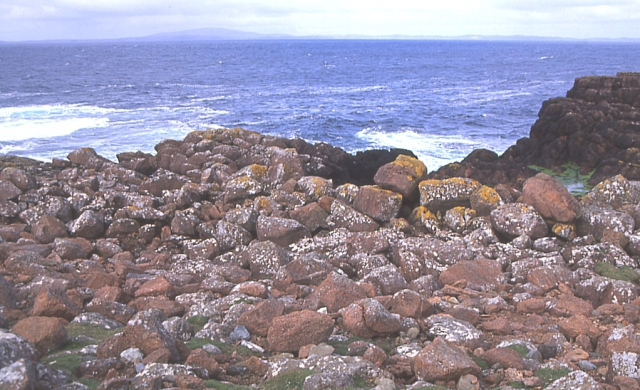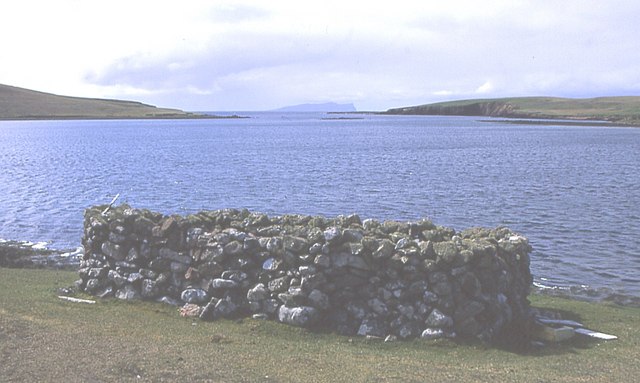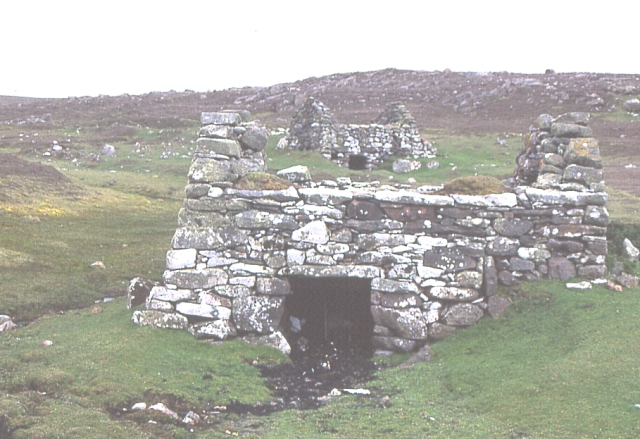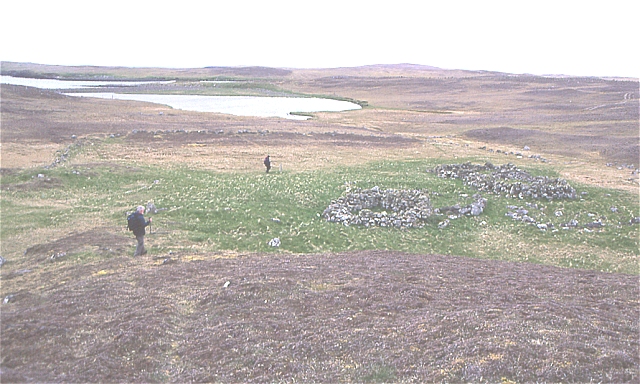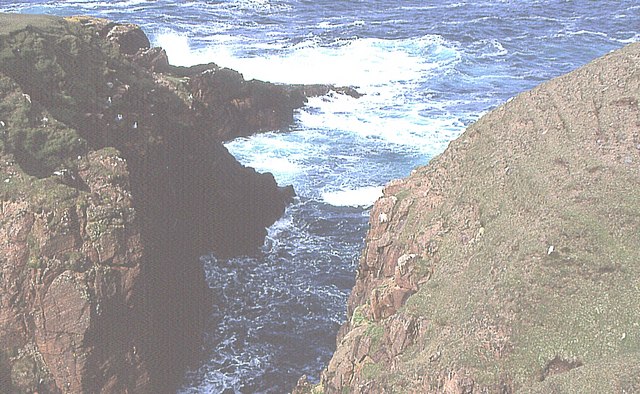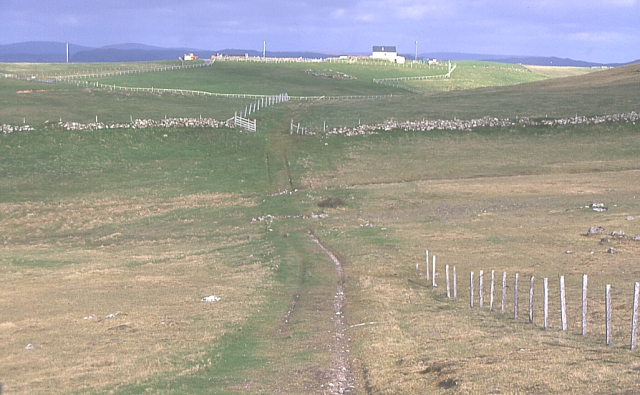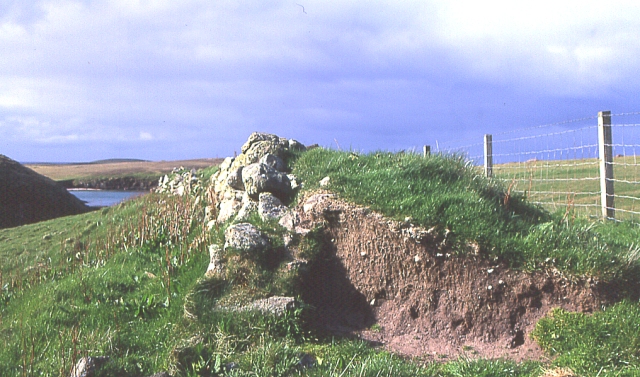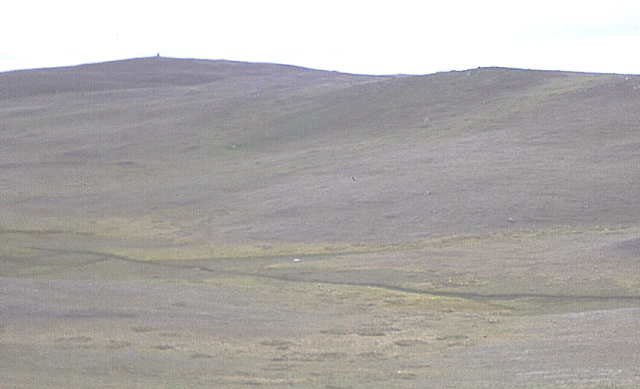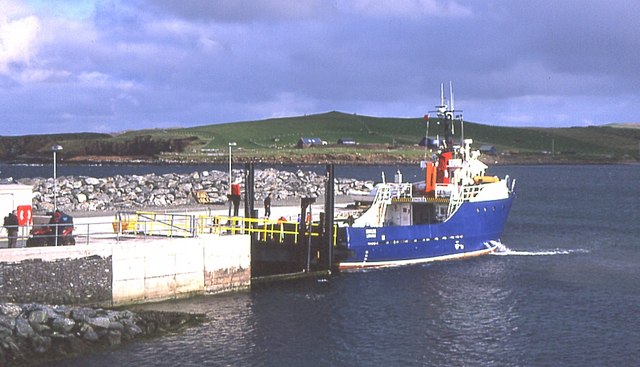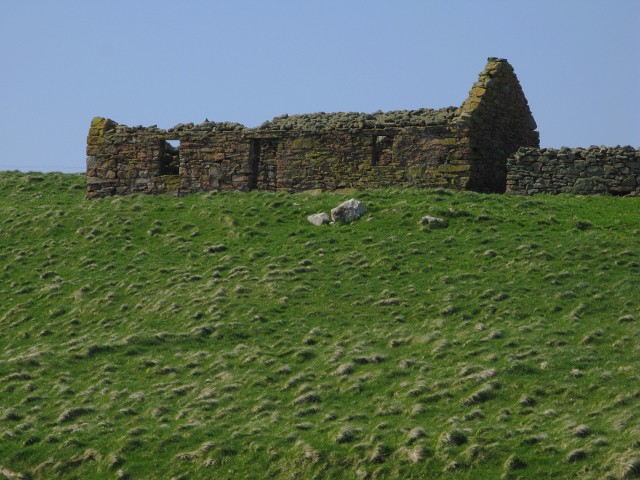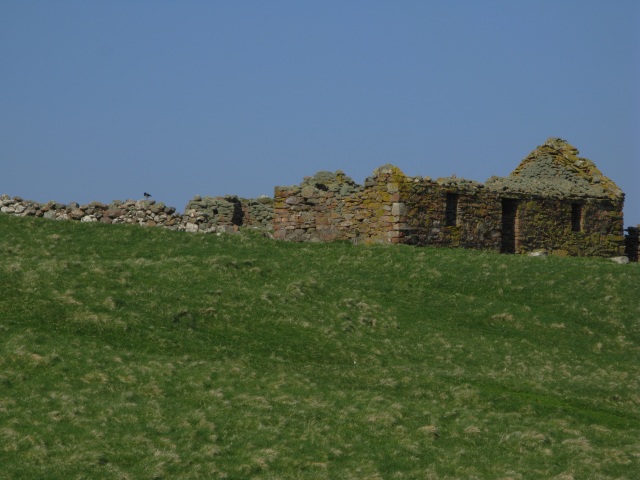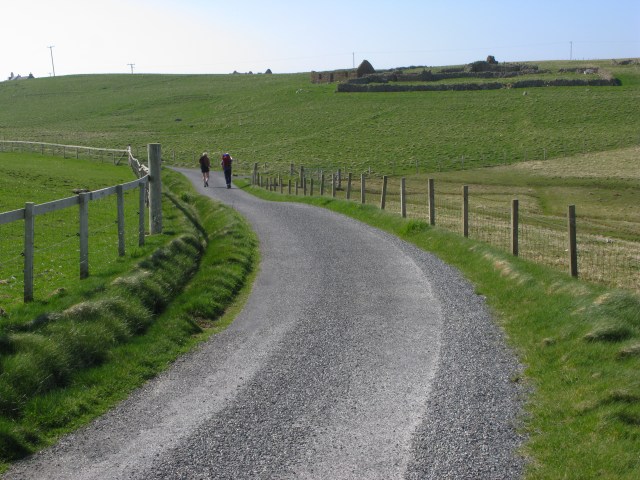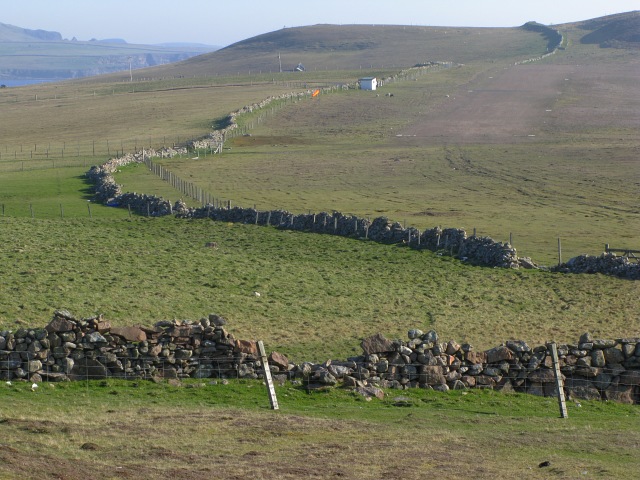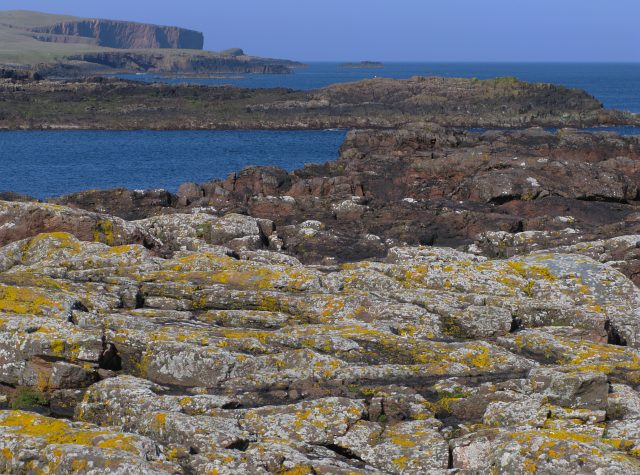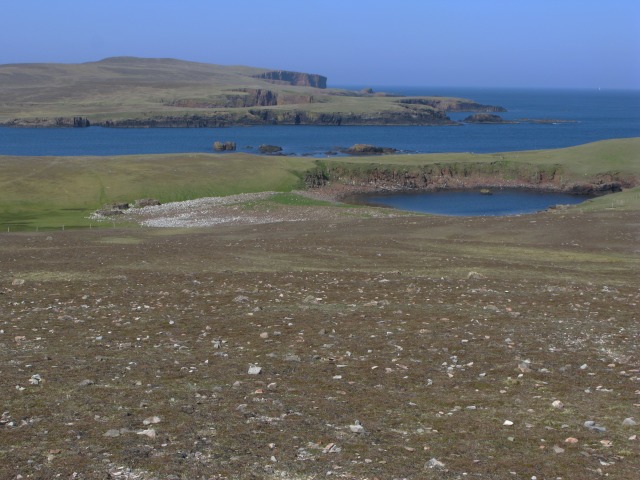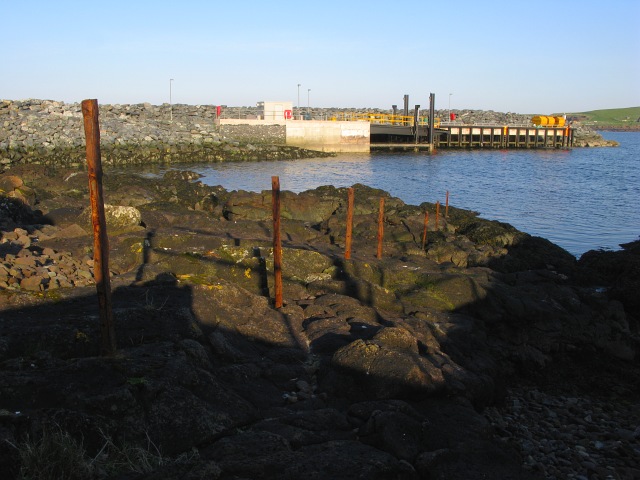Crubarbara
Beach in Shetland
Scotland
Crubarbara
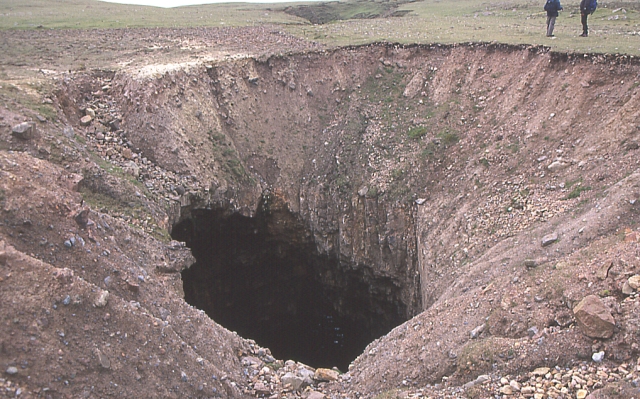
Crubarbara Beach, located in Shetland, Scotland, is a picturesque and secluded coastal gem. Situated on the east coast of the Shetland Mainland, this beach offers stunning views of the North Sea and is a favorite spot among locals and tourists alike.
The beach is renowned for its unspoiled natural beauty, with an expanse of golden sand stretching for approximately half a mile. Surrounded by towering cliffs and grassy dunes, Crubarbara Beach creates a tranquil and secluded atmosphere, providing a perfect escape from the bustling city life.
The beach is known for its diverse wildlife, with numerous bird species, including puffins and fulmars, being spotted here. Seals can also be seen basking on the rocks just off the shore, adding to the area's charm.
Crubarbara Beach offers visitors a range of recreational activities. The clean and clear waters are ideal for swimming, and the beach is a popular spot for picnics and sunbathing. The surrounding cliffs provide opportunities for hiking and exploring, offering breathtaking panoramic views of the coastline.
Access to Crubarbara Beach is relatively easy, with a car park located nearby and a gentle slope leading down to the sand. However, due to its remote location, facilities such as toilets and shops are limited, so visitors are advised to come prepared with supplies.
Overall, Crubarbara Beach in Shetland is a hidden gem for nature lovers and those seeking tranquility. Its unspoiled beauty, diverse wildlife, and range of recreational activities make it a must-visit destination for anyone exploring the area.
If you have any feedback on the listing, please let us know in the comments section below.
Crubarbara Images
Images are sourced within 2km of 60.33428/-1.690256 or Grid Reference HU1761. Thanks to Geograph Open Source API. All images are credited.
Crubarbara is located at Grid Ref: HU1761 (Lat: 60.33428, Lng: -1.690256)
Unitary Authority: Shetland Islands
Police Authority: Highlands and Islands
What 3 Words
///producers.winters.incur. Near Walls, Shetland Islands
Nearby Locations
Related Wikis
Papa Stour
Papa Stour (Scots: Papa Stour) is one of the Shetland Islands in Scotland, with a population of under fifteen people, some of whom immigrated after an...
Biggings
Biggings is a village on the island of Papa Stour, in Shetland, Scotland. Papa Stour's church is situated at the south of Biggings. A homestead of Duke...
Maiden Stack
The Maiden Stack or Frau Stack is a tiny stack in the western Shetland Islands to the north of Brei Holm and east of Housa Voe in Papa Stour. It is so...
Brei Holm
Brei Holm is a tiny tidal islet in the western Shetland Islands. It is due east of Papa Stour, to which it is connected at low tide, just outside Housa...
Nearby Amenities
Located within 500m of 60.33428,-1.690256Have you been to Crubarbara?
Leave your review of Crubarbara below (or comments, questions and feedback).
